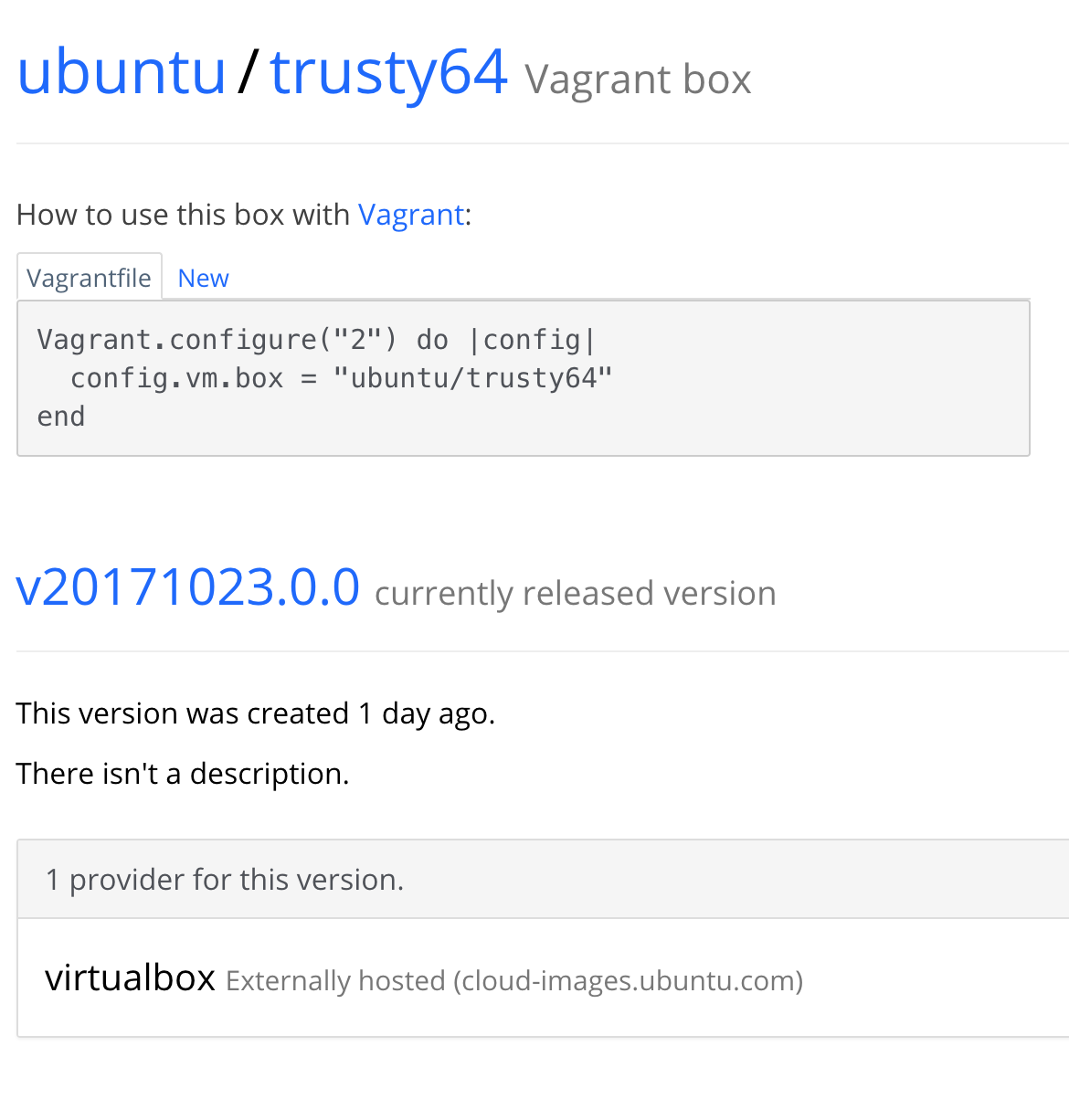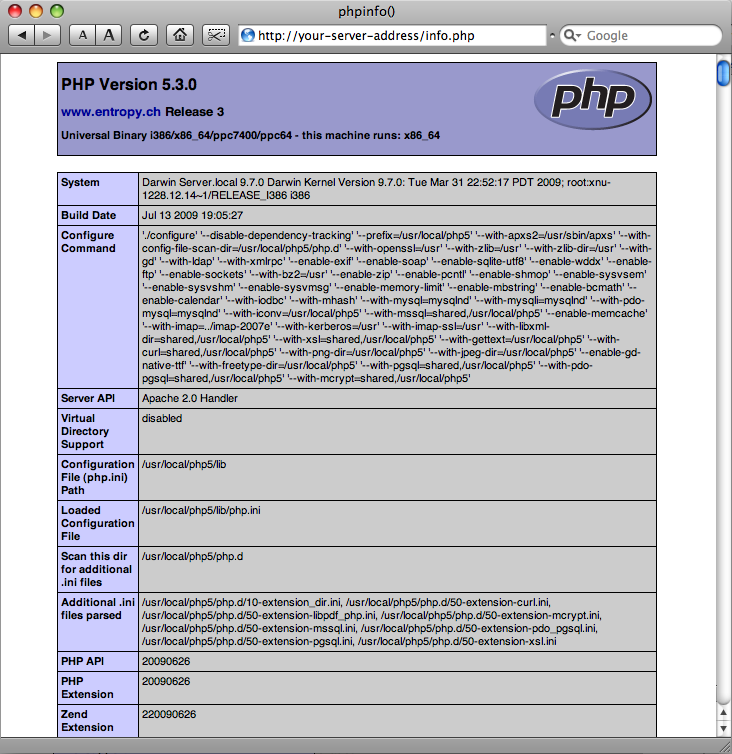

- #Mac os x apache loading php 5 but php 7 is running how to
- #Mac os x apache loading php 5 but php 7 is running install
- #Mac os x apache loading php 5 but php 7 is running update
- #Mac os x apache loading php 5 but php 7 is running iso
- #Mac os x apache loading php 5 but php 7 is running free
And the chances of losing data are greater if you make any mistake.
#Mac os x apache loading php 5 but php 7 is running install
Take back up of the entire XAMPP folder in a new folder.īe extremely careful while backing up required data and deleting older XAMPP in order to install the new one.Ĭertainly, you won’t prefer to get caught up in this intricate situation where you’re likely to lose data.Copy the php.ini file content (required ones).And the process of reinstalling XAMPP comprises the following: If you are planning to reinstall XAMPP (thinking to make it compatible with the latest or the previous version of PHP) then you should have the clarity of method. The latest version of PHP 7 has come up with incredible features and compatibility. And every project has its own requirement of PHP as well as MySQL version and you are bound to set up the required versions so as to get the desired results.
#Mac os x apache loading php 5 but php 7 is running how to
Check out what is php? Let’s get started !! How to Change PHP Version XAMPPĪs we know XAMPP is an open source solution that serves as a local web server to develop and test PHP projects.
#Mac os x apache loading php 5 but php 7 is running update
Also, how to update PHP version in XAMPP and change PHP version XAMPP. Now I will show you how quickly you can check PHP version in XAMPP. You may need to employ a different version of PHP in XAMPP for one of your particular project. The PHP version requirement varies with the project specifications. And those who still struggling about how to install XAMPP would surely find this article helpful. And this approach saves you a lot of time and effort you may have consumed in reinstalling XAMPP. Rather you can change PHP version by following a few simple steps explained below.

To update the PHP version in XAMPP, you don’t have to reinstall XAMPP. In this tutorial for beginners, I will show you how to change PHP version in XAMPP that too without reinstalling XAMPP. Open Safari and visit to verify your configuration.While using XAMPP for web development, there can be a point when you may require to update or change PHP version or say MySQL version in order to obtain some specific result. SSLCertificateKeyFile /etc/apache2/ssl/localhost.keyįinally restart Apache using Terminal.app : sudo apachectl restart SSLCertificateFile /etc/apache2/ssl/localhost.crt SSLCipherSuite ALL:!ADH:!EXPORT56:RC4+RSA:+HIGH:+MEDIUM:+LOW:+SSLv2:+EXP:+eNULL LoadModule ssl_module libexec/apache2/mod_ssl.soĮnable Secure (SSL/TLS) connections Include /private/etc/apache2/extra/nfĮdit the Virtual Hosts file /etc/apache2/extra/nf and add the SSL Directive at the end of the file: ĭocumentRoot "/Library/WebServer/Documents" sudo security add-trusted-cert -d -r trustRoot -k /Library/Keychains/System.keychain /etc/apache2/ssl/localhost.crtĮdit the Apache main configuration file /etc/apache2/nf and enable the required modules to support SSL : LoadModule socache_shmcb_module libexec/apache2/mod_socache_shmcb.so

Sudo openssl x509 -req -extensions v3_req -days 365 -in /etc/apache2/ssl/localhost.csr -signkey /etc/apache2/ssl/ -out /etc/apache2/ssl/localhost.crt -extfile /etc/apache2/ssl/nfĪdd the SSL Certificate to Keychain Access. Use the Certificate Requests to sign the SSL Certificates using Terminal.app: sudo openssl x509 -req -days 365 -in /etc/apache2/server.csr -signkey /etc/apache2/server.key -out /etc/apache2/server.crt Common Name: The fully qualified domain name for your web server Organization: he exact legal name of your organization. City or Locality: The city where your organization is legally located.

State or Province: The state or province where your organization is legally located.
#Mac os x apache loading php 5 but php 7 is running iso
Country: The two-letter ISO abbreviation for your country. Note: Complete the values C= ST= L= O= CN= to reflect your own organizational structure, where: Sudo openssl req -new -key /etc/apache2/ssl/ -subj "/C=/ST=/L=/O=/CN=localhost/" -out /etc/apache2/ssl/localhost.csr -config /etc/apache2/ssl/nf Generate the required Certificate Requests using Terminal.app: sudo openssl req -new -key /etc/apache2/server.key -subj "/C=/ST=/L=/O=/CN=/emailAddress=/" -out /etc/apache2/server.csr KeyUsage = nonRepudiation, digitalSignature, keyEncipherment Sudo openssl rsa -in /etc/apache2/ssl/localhost.key -out /etc/apache2/ssl/Ĭreate a configuration file using Terminal.app: sudo touch /etc/apache2/ssl/nfĮdit the newly created configuration file and add the following: ĭistinguished_name = req_distinguished_name Sudo openssl genrsa -out /etc/apache2/ssl/localhost.key 2048 Next, generate two host keys: sudo openssl genrsa -out /etc/apache2/server.key 2048
#Mac os x apache loading php 5 but php 7 is running free


 0 kommentar(er)
0 kommentar(er)
